6 Strategic Tactics For Building Trust In The Workplace

Trust in the workplace is like a currency, which is exchanged- given and received. And, like all currencies, it can be converted into a real-world value with employee engagement and increased productivity. In this blog, we'll look at the importance of trust in the workplace, how it became important in recent years, and, most significantly, some trust-building tactics for leaders.
Without trust, we don't truly collaborate; we merely coordinate, or at best, cooperate. It is trust that transforms a group of people into a team. Stephen M.R Covey
But let's first understand what exactly it is.
What is trust in the workplace?
Trust in the workplace refers to employees' confidence, belief, and reliance on their teammates, management, and the overall business environment. It is the cornerstone for positive relationships and effective teamwork, where team members feel safe, respected, and supported.
The basis of trust is the assumption that people would behave in a dependable, honest, and competent manner and maintain their promises and obligations.
When are you trustworthy in your workplace?
You're not trustworthy simply because you want to be. You are trustworthy when others say you are.
It implies that trust is determined not just by one's intentions but also by how others perceive and evaluate one's trustworthiness.
Claiming to be trustworthy is not enough if others do not perceive an individual or organization as such based on their actions, words, and consistency.
Trustworthiness is built through demonstrated reliability, honesty, and consistency, rather than just by making claims or promises.
For example, suppose you, as a leader, frequently promise things to your team but fail to deliver on those promises, regardless of your intentions. In that case, you will not be considered trustworthy. On the other hand, a leader who regularly exhibits honesty, openness, and reliability and maintains their commitments will be seen as trustworthy by their followers.
Importance of trust in the workplace

In this section, we'll discuss how, as a manager or employer, prioritizing trust in the workplace can bring the best out of your team.
-
Collaborative environment: Trust among team members promotes open communication, idea-sharing, and problem-solving, resulting in a collaborative environment where creativity and innovation thrive.
-
Leadership effectiveness: Trustable leaders can easily delegate tasks and responsibilities as the employees will fully believe in them. This creates free time to focus on strategic goals and long-term planning.
Read our ultimate guide on: Leadership: Fundamentals, Evolution, Challenges & Future
- Employee morale and engagement: Like the age-old debate over whether the chicken or the egg came first, trust in the workplace and employee engagement go hand in hand.
Yet, trust is the most essential thing at the beginning of this partnership. It serves as the foundation for maximizing the impact of engagement-boosting incentives, programs, and rewards. This interaction between trust and engagement is critical in reaping the advantages of companies' investments in cultivating an engaged workforce.
-
Builds strong relationships: Trust builds strong relationships with customers and stakeholders, leading to repeat business, positive word-of-mouth, and a strong brand reputation, ultimately driving organizational success.
-
Enhances innovation: Trust promotes an innovation culture where employees are comfortable sharing their ideas and taking risks as they are not judged. Moreover, when there is trust, the employees are encouraged to try out new things.
The erosion of trust in the workplace

In recent years, workplace trust has eroded for several reasons. Going by statistics according to a survey by the Harvard Business Review, a full quarter of respondents don't trust their employers:
- 64% of respondents say their organization doesn't treat them fairly.
- 32% believe that their employer is not always honest and truthful.
- 24% say they don't trust their employer.
So now, what are the possible reasons for deteriorating trust in the workplace? Let's quickly have a glance at the following reasons:
- With the rise of remote work, employees feel disconnected, leading to a loss of trust.
- Job insecurity and mistrust in leadership emerge from organizational changes such as mergers or downsizing.
- Because of high-profile incidents of corporate scandals and unethical behavior by CEOs, employees have lost trust in corporations.
- Lack of openness in communication, decision-making, or information sharing breeds rumor and distrust, shattering trust.
- Diverse workforces can lead to misunderstandings, biases, and disputes, all of which can cause havoc on trust relationships.
- High levels of workplace stress and burnout can lead to a breakdown in trust.
- Employees who do not receive relevant feedback or recognition for their efforts may feel devalued and unfairly treated. It might result in a breakdown of trust between employees and their managers or employers.
- Miscommunications due to generational differences can lead to a collapse of trust.
Here Are 6 Tactics That Builds Trust In The Workplace
1. Encourage open communication

Encouraging open communication is the most crucial strategy for fostering trust in the workplace.
It contributes to developing an environment that values openness, honesty, and respect, It also aids in decreasing misunderstandings and conflicts because everyone is on the same page regarding expectations and goals.
Furthermore, open communication fosters a culture where employees feel heard and valued. Employees become more dedicated to their work when they believe their opinions and ideas are being treated seriously.
Know more: Open Door Policy At The Workplace - Purpose, Pros And Cons
2. Take up and communicate employee engagement initiative
Employees are naturally curious about the motivation behind employee engagement activities. They want to understand its purpose, goals, and benefits. As an employer, it is essential to communicate clearly with employees about the reasons for engagement activities.
This can be achieved through various communication channels, such as company-wide announcements, team meetings, newsletters, or one-on-one conversations.
Clear communication helps employees understand the significance of their participation. It encourages them to take an active role in these initiatives.
3. Set privacy policies
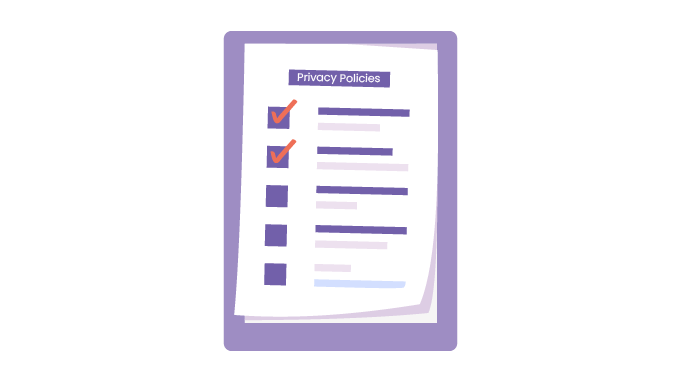
Establishing specific privacy policies is critical in any organization. It is mostly to maintain personal and professional boundaries within the organization. Some information, such as pay disclosure, may result in mistrust in an organization, complicating matters.
It is also true in the case of engagement surveys or feedback programs, where anonymity is quite important. There is also an anonymity threshold, implying that the survey results will not be displayed unless a certain number of people reply.
For example, suppose you set a minimum of 5 respondents and only get 4 responses. In that case, the survey results cannot be filtered since it is too easy to correlate answers to respondents.
Ensure your survey platform offers this threshold, especially if you are a small organization with small departments. Communicating this procedure to your employees will foster trust and, as a result, honest responses.
If you're looking for an effective survey tool for your workplace, you might want to check out Vantage Pulse.
It is the ultimate solution designed to help organizations build and maintain trust in the workplace. It offers various templates, including pulse surveys, employee satisfaction surveys, and culture surveys.
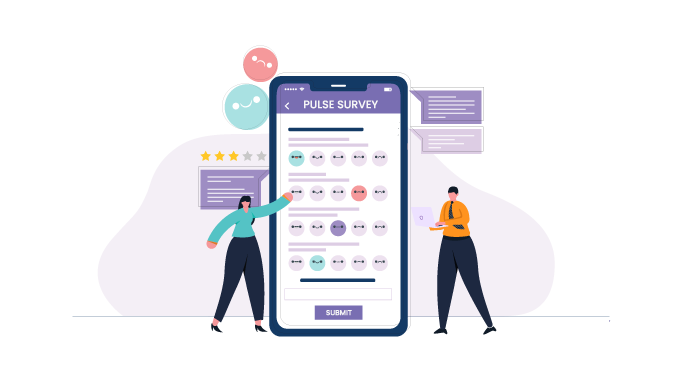
These surveys allow employers to gain valuable insights into their employees' opinions, concerns, and engagement levels. By regularly collecting and analyzing this data, employers can make informed decisions that improve employee satisfaction, motivation, and productivity.
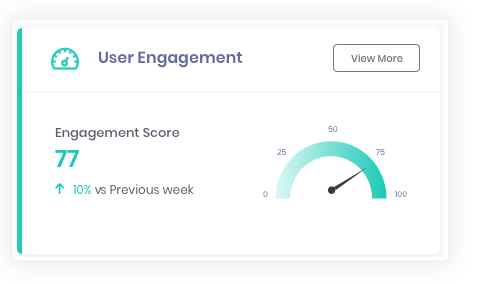
Moreover, Vantage Pulse ensures anonymity, allowing employees to share their thoughts and feedback freely without fear of retribution or negative consequences.
Schedule a free demo to see how!
4. Show consistency
Showing consistency is an important factor in establishing trust in the workplace. Leaders should strive for consistency in their actions and decisions, so employees know what to expect.
For example, if a leader regularly holds office lunches or team outings, employees will come to rely on those events as a way to bond and connect with their colleagues. Similarly, if a leader promises yearly bonuses, it's important to follow through on that promise consistently year after year. Such consistencies contribute to a sense of trust and dependability that can improve morale and productivity across the organization.
5. Display your commitment to fair play in rewards and recognition
Fair play is the key element in a trusting relationship. An employee may perceive whether the rewards and recognition package is fair in terms of the following:
- The amount of effort put forward by them.
- The influence and quality of their performance.
- Their education, experience, and training.
- Their present role's scope and complexity.
They will also compare fairness to others like:
- Colleagues playing similar job roles in the organization.
- Supervisors and subordinates.
- Peers in other organizations.
Your rewards and recognition program should focus on fairness from both internal and external aspects.
Internally, ensure that the R&R program provides equal opportunities and benefits for all employees, regardless of their location, job title, or background. Externally, consider the cultural and economic differences of your team and tailor your R&R program to meet their specific needs and expectations.
Fairness also plays a role when it comes to handling inevitable mistakes. Rewarding people for their good faith mistakes can help them understand what not to do and how to use their mistakes as motivators. This will build faith on the ground level.
So now, what can you do to go above and beyond to encourage inclusivity and justice in the recognition and rewards of employees?
A platform that offers a variety of channels for recognition, ranging from peer-to-peer praises to manager-led recognition and even company-wide celebrations. A rewards and recognition platform like Vantage Circle can build a culture where every employee feels valued and included regardless of function or level. It improves workplace trust by creating a feeling of equity and fairness in the recognition process. It enables employees to recognize and appreciate each other's achievements meaningfully.
To get more specific, let’s talk about Vantage Circle’s most loved and trusted feature: Panel Awards. Here’s the basic structure of the same:
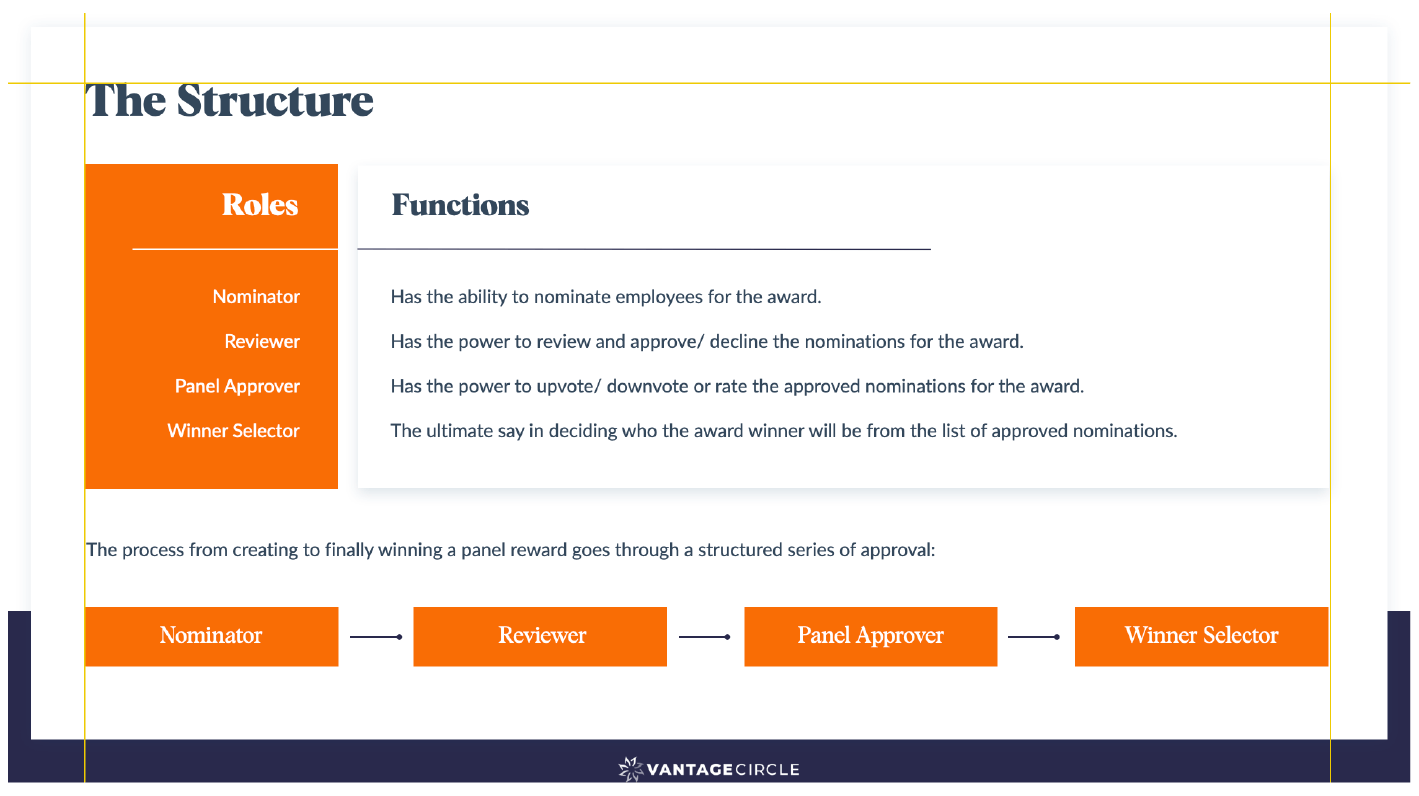
In the above picture, we can see panel awards include multiple stakeholders in the decision-making process. This can lessen biases and guarantee that rewards are determined using impartial standards.
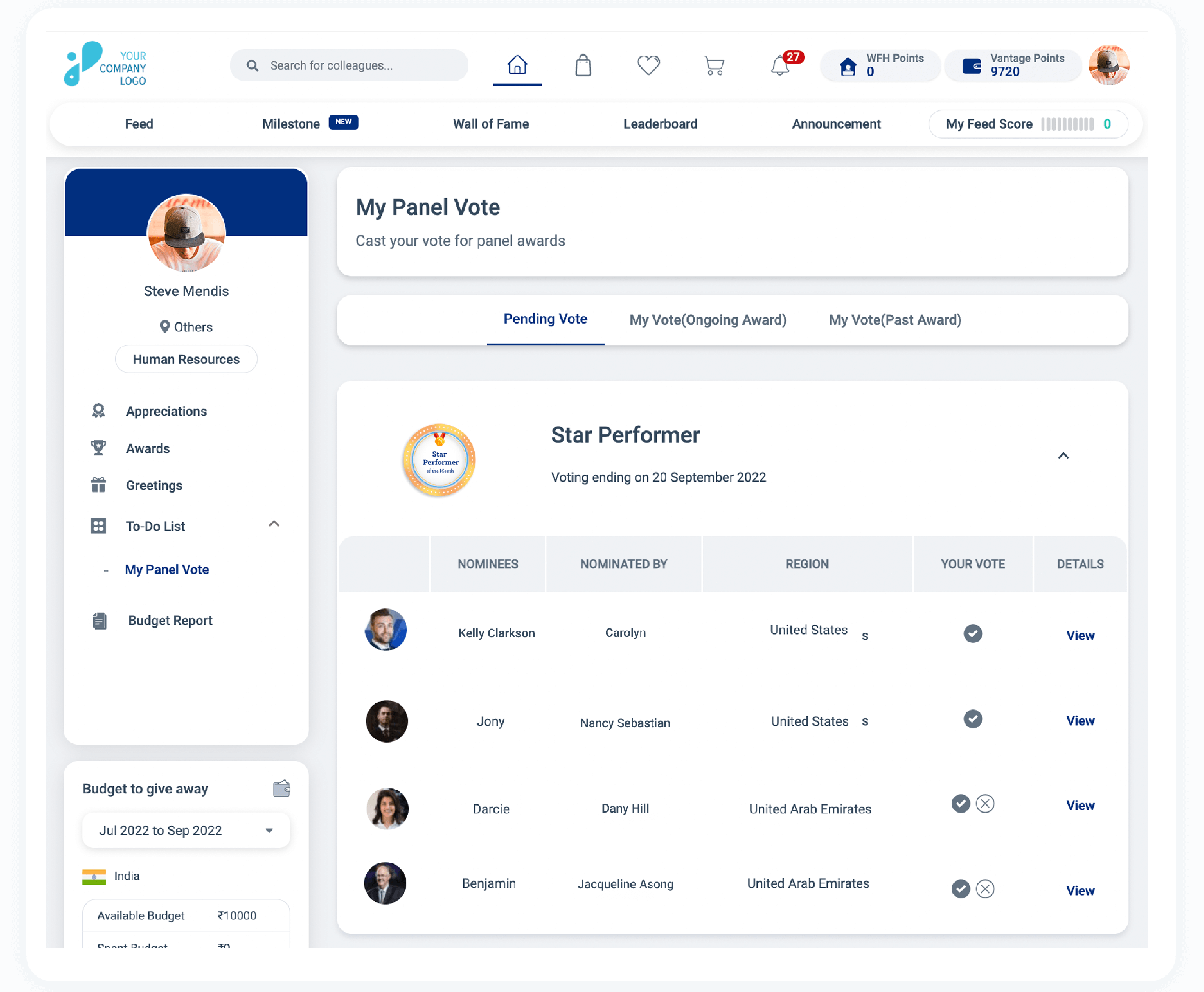
Thus, panel awards are distributed fairly and transparently based on merit and objective standards. And, most importantly, they are not influenced by personal relationships, favoritism, or other forms of bias.
6. Embrace diversity

Employees from all backgrounds bring a wide range of viewpoints, experiences, and talents. This diversity of thinking stimulates creativity, innovation, and problem-solving. Employees feel included, respected, and appreciated in a workplace that values diversity, leading to increased engagement, collaboration, and trust.
Most importantly, it gives you a competitive advantage since diverse teams are more adaptive, resilient, and well-equipped to deal with the complexity of a globalized environment. Thus embracing diversity is more than just checking boxes; it is about unleashing employees' full potential and using their abilities, which leads to increased trust and organizational success.
That's where, once again, Vantage Circle comes in, with its customized recognition programs that can focus specifically on DEI efforts. These programs can recognize individuals or teams for their contributions toward promoting workplace diversity, equity, and inclusion. By acknowledging and celebrating these efforts visible in the form of feed posts, Vantage Circle can help motivate and inspire employees to continue to work towards creating a more inclusive workplace culture.
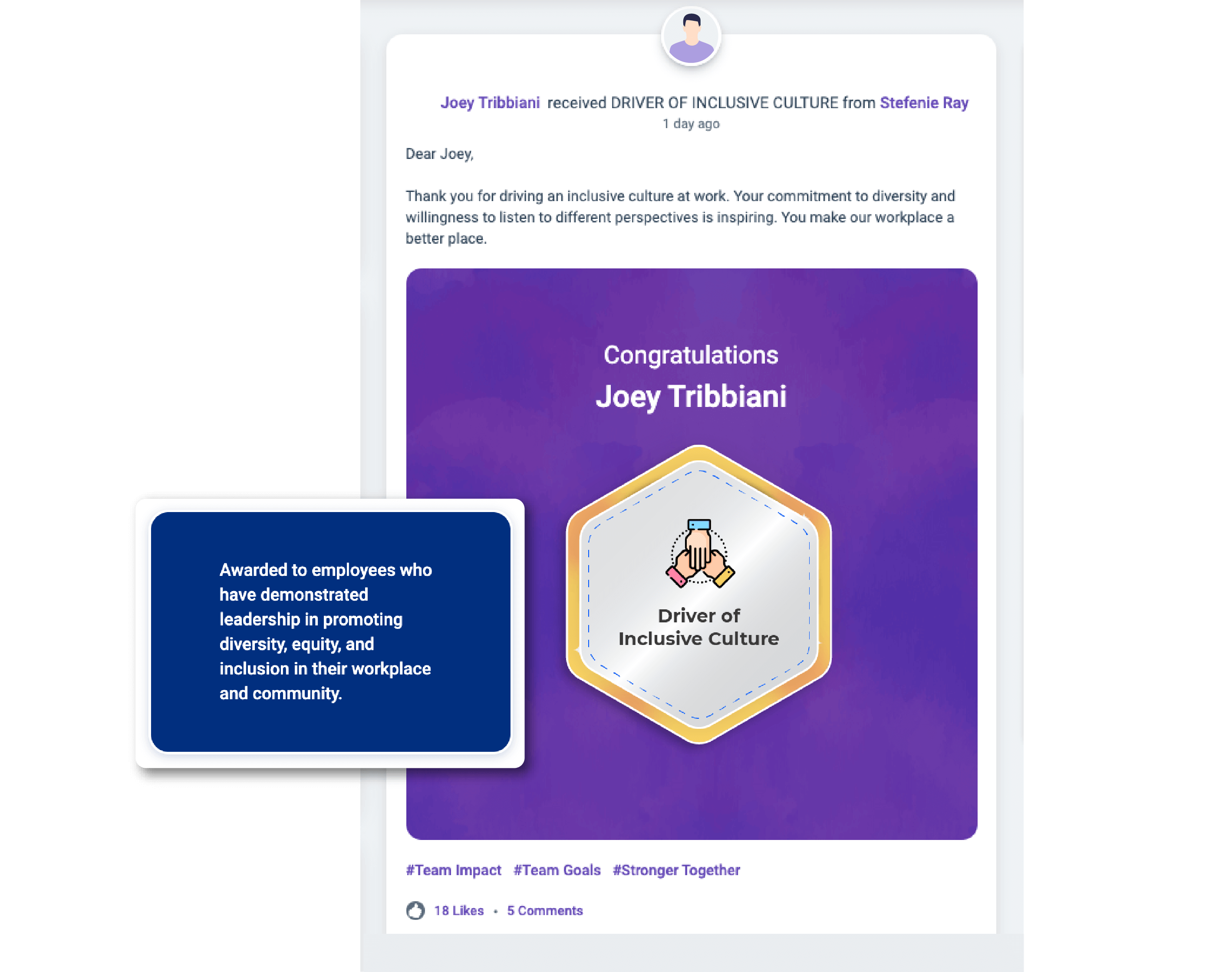
And that’s not all. By collecting anonymous feedback from employees and analyzing survey results, Vantage Circle can provide organizations with valuable insights into how they can create a more inclusive environment. Plus, with the ability to track diversity, equity, and inclusion metrics, the platform can help organizations stay on track and progress toward their DEI goals.
Frequently Asked Questions About Trust In The Workplace
1. What are the characteristics of trust in the workplace?
Honesty, reliability, transparency, vulnerability, and consistency are characteristics of trust in the workplace. Employees are more likely to feel comfortable, supported, and engaged at work when they believe they can trust their leaders and coworkers. Over time, trust is developed via regular, real actions and communications.
2. What are good examples of trust in the workplace?
Effective collaboration and mutual support among coworkers, as well as companies that place a high priority on employee well-being and work-life balance, are all examples of organizations that foster trust in the workplace. You can also show trust by keeping your word, owning up to your mistakes, and giving supportive criticism.
3. What is the value of trust as a leader?
Trust is a key asset for a leader. Employees are more likely to feel inspired, engaged, and loyal when they trust their leaders. Building stronger teams, fostering an environment of openness and collaboration, and more effective task delegation are all made possible by the trust. Trust-focused leaders are more likely to be regarded as credible, approachable, and efficient.
4. What is the core value of trust in the workplace?
The fundamental value of trust in the workplace is that it lays the groundwork for solid relationships and successful communication. Employees are more likely to collaborate efficiently, solve problems creatively, and openly share ideas when they have mutual trust. Furthermore, trust fosters psychological safety, empowering staff to take calculated risks and innovate without worrying about criticism or retaliation.

















